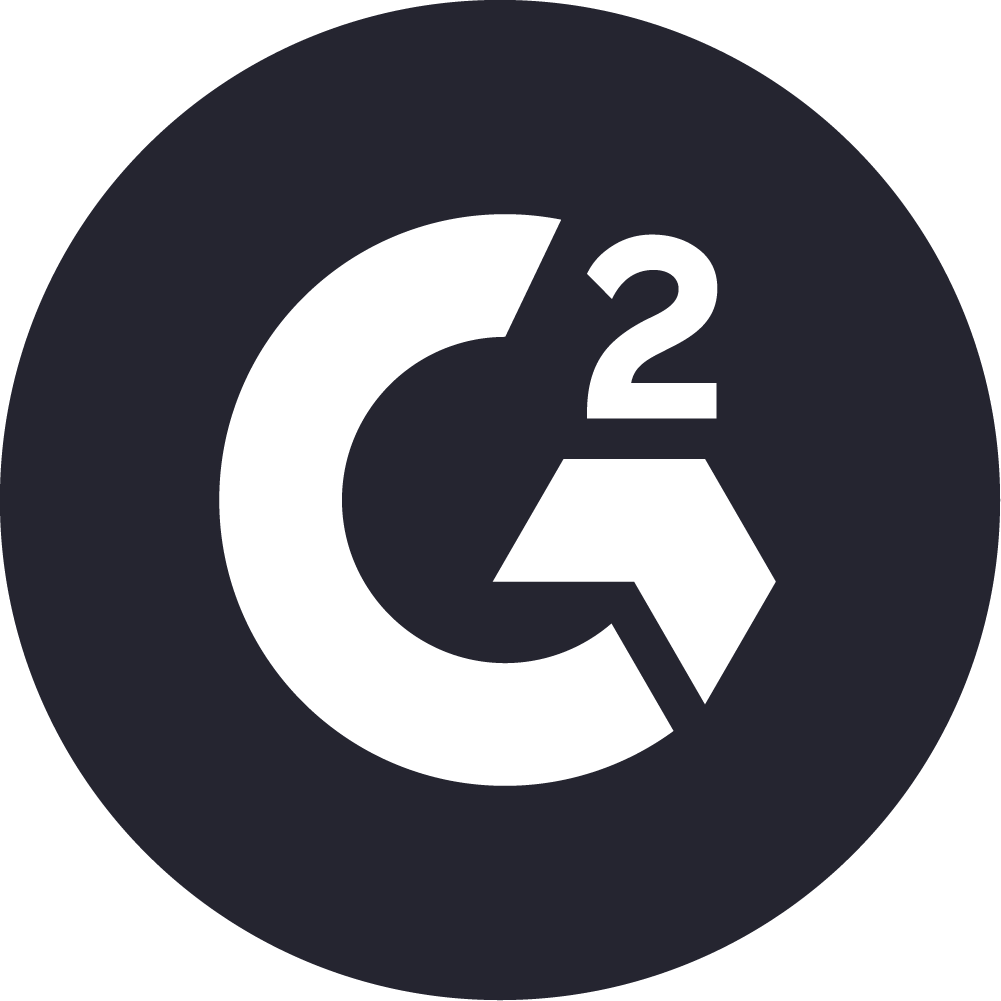This comprehensive list of articles are packed with insights on optimizing workflows, and implementing best practices to boost productivity. Whether you're looking to refine your processes, embrace automation, or cultivate a more efficient workplace culture, our articles offer practical solutions. Explore ways to make your business more agile, responsive, and competitive. Start enhancing your operational efficiency today and drive your business towards achieving more with less.
Average based on thousands of reviews



